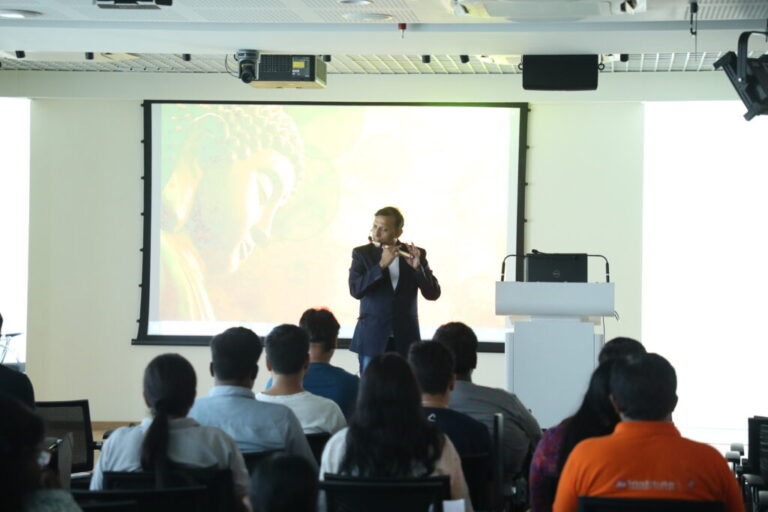In recent years, music therapy in India has emerged as a powerful, non-invasive approach to help individuals with autism and anxiety. This holistic therapy uses the natural power of music to ease emotional distress, enhance communication, and support mental well-being.
As awareness increases across the country, more families and institutions are embracing this therapeutic method. But how exactly does it work, and why is it gaining momentum in India?
What Is Music Therapy?
Music therapy is a clinical and evidence-based use of music interventions by trained professionals to achieve therapeutic goals. These goals may include improving social interaction, reducing stress, developing motor skills, or enhancing emotional expression.
Unlike simple listening, music therapy sessions involve active engagement — such as singing, playing instruments, or rhythmic movement. This interactive approach helps individuals connect in a way words often cannot.

How Music Therapy Supports Children with Autism
Autism Spectrum Disorder (ASD) affects communication, behavior, and social interaction. Children with autism may struggle to express themselves, making traditional therapies more challenging.
Fortunately, music therapy in India offers a supportive and engaging outlet. Through rhythm, melody, and structured sessions, children learn to:
-
Express emotions safely
-
Enhance motor coordination
-
Participate in social interactions
Additionally, many special schools in cities like Mumbai, Delhi, and Bengaluru have started including music therapy as part of Individualized Education Plans (IEPs). As a result, children receive consistent emotional and cognitive support.
Helping Adults Manage Anxiety Through Music
While children with autism are primary beneficiaries, adults dealing with anxiety disorders also benefit from music therapy. In urban centers, therapists work with young adults and working professionals struggling with chronic stress, panic attacks, or burnout.
Listening to calming music or participating in guided sessions helps reduce cortisol (stress hormone) levels. Moreover, rhythmic drumming or chanting provides a grounding effect, helping clients regulate their breathing and heart rate.
Importantly, these sessions often lead to improved sleep, better concentration, and a more balanced emotional state.
Music Therapy in India: A Growing Profession
India is home to a growing number of certified music therapists. Training programs and workshops are being offered in collaboration with international bodies, ensuring global standards.
Cities such as Pune, Chennai, and Hyderabad are now developing music therapy centers in schools, hospitals, and rehabilitation clinics. Furthermore, NGOs and mental health initiatives are promoting awareness through outreach programs and community support.
Cultural Relevance of Music Therapy in Indian Healing
India’s deep connection with music — from classical ragas to devotional chants — provides a strong foundation for therapeutic practices. Many therapists incorporate Indian instruments like the tabla, sitar, or tanpura to create culturally familiar and soothing experiences.
Moreover, global practitioners such as Vaibhav Sontakke have pioneered cross-cultural therapy methods, blending Indian classical music with Western models to cater to diverse needs.
Challenges Facing Music Therapy in India Today
Despite the progress, challenges remain. There is still limited awareness in rural areas, and access to trained professionals can be difficult outside major cities. Additionally, insurance coverage for music therapy is rare.
However, with increasing research, public interest, and institutional backing, the future looks bright. As more success stories come to light, music therapy is becoming a credible and accessible option for families across India.
Conclusion
The rise of music therapy in India signals a hopeful shift in how we approach mental and developmental health. Whether for a child on the autism spectrum or an adult struggling with anxiety, music provides a safe, effective, and joyful path toward healing.
As this field continues to evolve, one thing is clear: when words fail, music speaks — and heals.

 Call Us: +91 8369064538
Call Us: +91 8369064538 Website:
Website: